Open-pit mining is the most common method of mineral mining throughout the world. As the name suggests, mineral deposits are accessed through an open-pit, as opposed to other extractive methods that require tunnelling. This technique can be utilised when the target deposits are near the surface and the layer of overburden is relatively thin. It has a few advantages over shaft mining, such as being more cost-effective and typically safer due to the need for tunnelling being negated. Here, we look at some of the world’s largest active open-pit mines, ranked by depth:
Quote gear for mining sites
1. Bingham Canyon Copper Mine (USA)
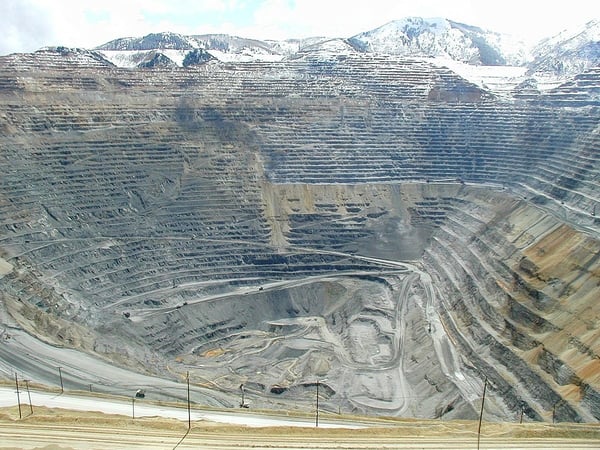
Located south-west of Salt Lake City in Utah, Bingham Canyon is the world’s largest open-pit mine and has been in production since 1906. At approximately 4 kilometres wide and 1.2 kilometres deep, it is responsible for the production of around 25% of the copper used in the United States. Owned by Rio Tinto and operated under its Kennecott Utah Copper Corp, it employs around 2,400 people. The mine is operational 24 hours a day, every day of the year resulting in phenomenal production levels:
- 275,000 tonnes of refined copper per annum (p.a)
- 400,000 ounces of gold p.a
- 25 million pounds of molybdenum (used in steel alloys)
- 4 million ounces of silver
2. Chuquicamata Copper Mine (Chile)
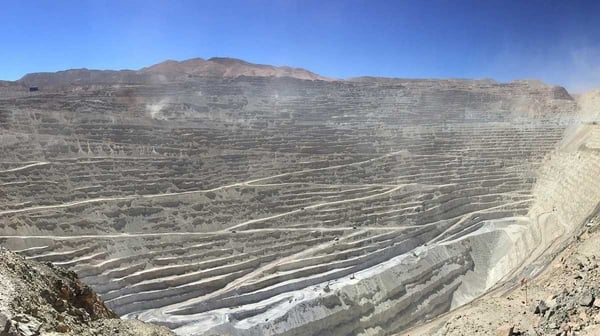
“Chuqui” is the second deepest open-pit mine in the world, at a depth in excess of 850 metres. It is, however, the largest open-pit copper mine in the world, as measured by extracted volume. It produces around 11% of the world’s copper supply, which equates to 350,000 tonnes per annum. In August 2019, the underground extraction project was launched at Chuqui, which is estimated to extend the life of the mine by an additional 40 years. The mine is owned by Chilean state-owned copper mining company, Codelco.
3. Escondida Copper Mine (Chile)
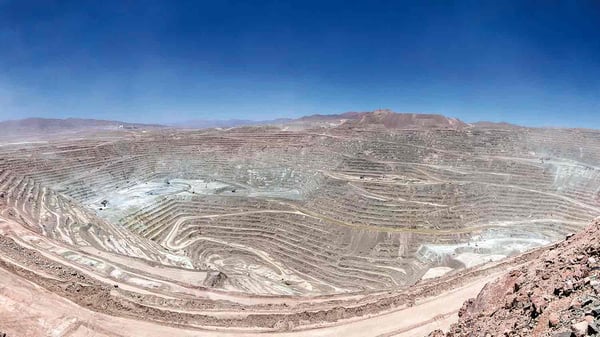
Another giant open-pit mine located in Chile, the Escondida site comprises of two mines and is mined to a depth of 645 metres. Owned as part of a joint venture, including BHP (57.5%) and Rio Tinto (30%), the mine employs over 2,200 people. BHP is projecting an increase in production at Escondida in financial year 2020 between 1,160 and 1,230 metric tonnes (up from 1,135 in 2019).
4. Muruntau Gold Mine (Uzbekistan)
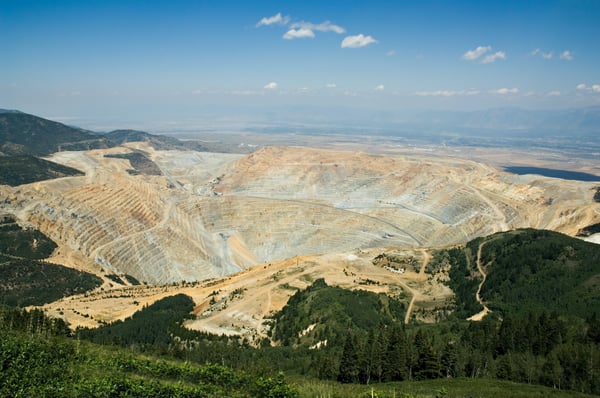
Discovered in 1958, Muruntau has a current mining depth of 600 metres, with plans to extend this to beyond 1,000 metres. It is the world’s largest open-pit gold mine and has estimated production levels of two million ounces per annum. Inclusive of historical production, Muruntau has gold ore reserves of an estimated 170 million ounces. Uzbekistan’s state-owned Navoi Mining and Metallurgy Combinat (NMMC) own and operate the mine.
5. Fimiston Gold Mine (Australia)
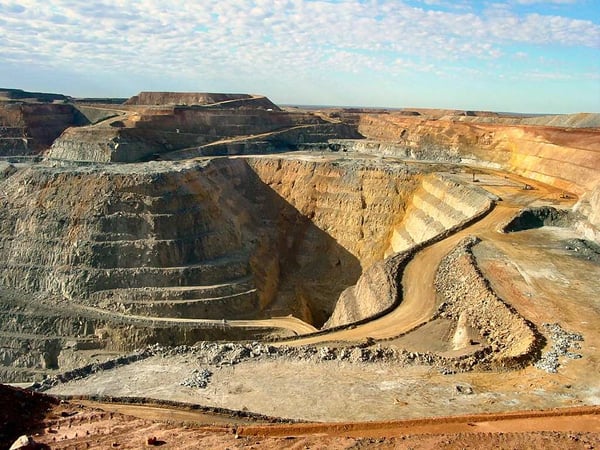
Eclipsed in 2016 as Australia’s largest gold producing mine by Boddington, it still remains the countries deepest open-pit mine at around 600 metres. Also known as the “Super Pit” it is located 600 kilometres east of Perth on the south-east edge of the Kalgoorlie-boulder and has a workforce of around 1,100 employees and contractors. It is owned by Kalgoorlie Consolidated Gold Mines, a joint venture between Newmont Mining Corporation and Barrick Gold Corporation.
Of note are other massive open-pit operations which include the 630 metre-deep Udachny diamond mine in Russia (now an underground-only operation) and Grasberg gold mine in Indonesia at 550 metres.
Stay informed on all the latest industry and projects news by subscribing to iseekplant’s Constructionsht blog!


